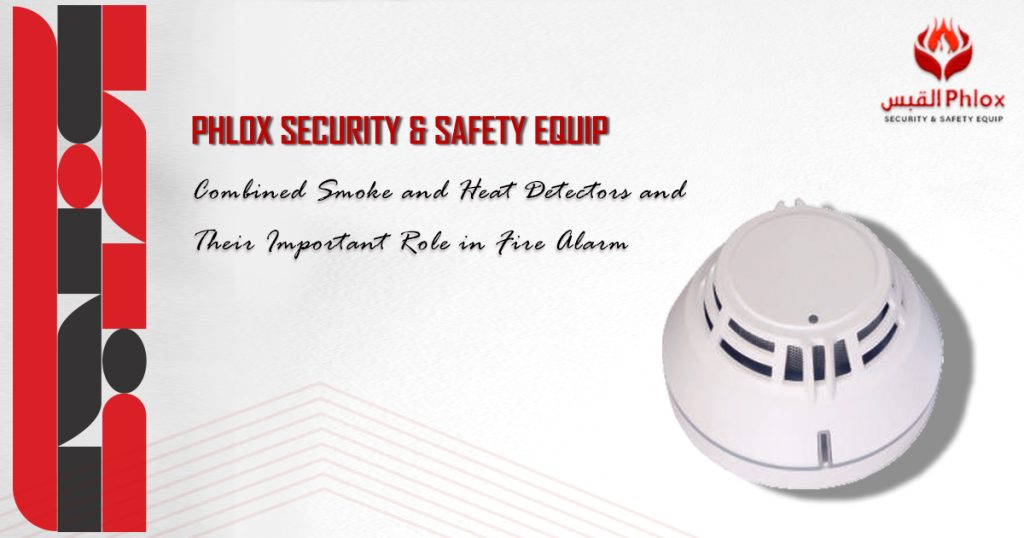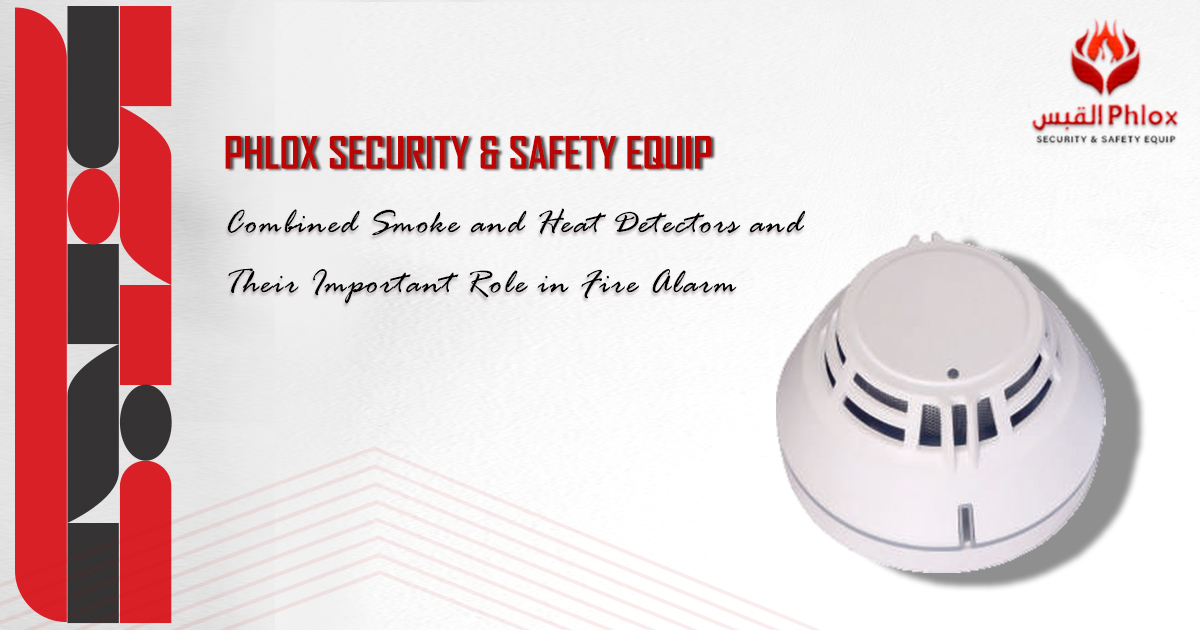
Combined Smoke and Heat Detectors and Their Important Role in Fire Alarm
In today’s era of advanced technology and increasing awareness of safety measures, the combined smoke and heat detectors has become an important aspect of residential and commercial building safety systems. They usually design these detectors to provide early warnings in the event of a fire. Which offers crucial time for evacuation and firefighting measures.
What are Combined Smoke and Heat Detectors?
Combined smoke and heat detectors are sophisticated devices that integrate both smoke sensing and heat sensing technologies into a single unit. Traditional smoke detectors primarily detect smoke particles in the air, triggered by combustion processes. On the other hand, heat detectors respond to increases in temperature. Which signals potential fire situations where smoke may not yet be present. Such as in the initial stages of a smoldering fire.
By combining these functionalities, these detectors offer enhanced reliability and early detection capabilities. They can promptly identify a broader range of fire types and provide more accurate alarms. Which reduces the risk of false alarms compared to standalone systems.
Why Use Combined Detectors?
- Comprehensive Protection: The dual-sensing technology ensures that fires are detected swiftly and reliably. This is whether they start with visible smoke or increased heat.
- Early Warning: Early detection is critical in fire safety. These detectors can identify fires in their incipient stages. Which allows occupants more time to evacuate safely and firefighters more time to intervene before the fire escalates.
- Reduced False Alarms: Integrating both smoke and heat sensing technologies helps reduce false alarms, which can be disruptive and lead to complacency if frequent.
- Adaptability: These detectors are suitable for various environments, including residential homes, office buildings, industrial facilities, and more. They can be tailored to specific needs based on the environment’s typical conditions and potential fire risks.
- Code Compliance: Many building codes and fire safety regulations now recommend or require the use of combined smoke and heat detectors due to their enhanced reliability and effectiveness in fire detection.
Lastly, combined smoke and heat detectors represent a significant advancement in fire safety technology. Their ability to detect a wider range of fire types promptly and accurately makes them indispensable in protecting lives and property from the devastating effects of fires. As technology continues to evolve, these detectors will likely remain at the forefront of fire safety strategies, ensuring safer environments for all.



